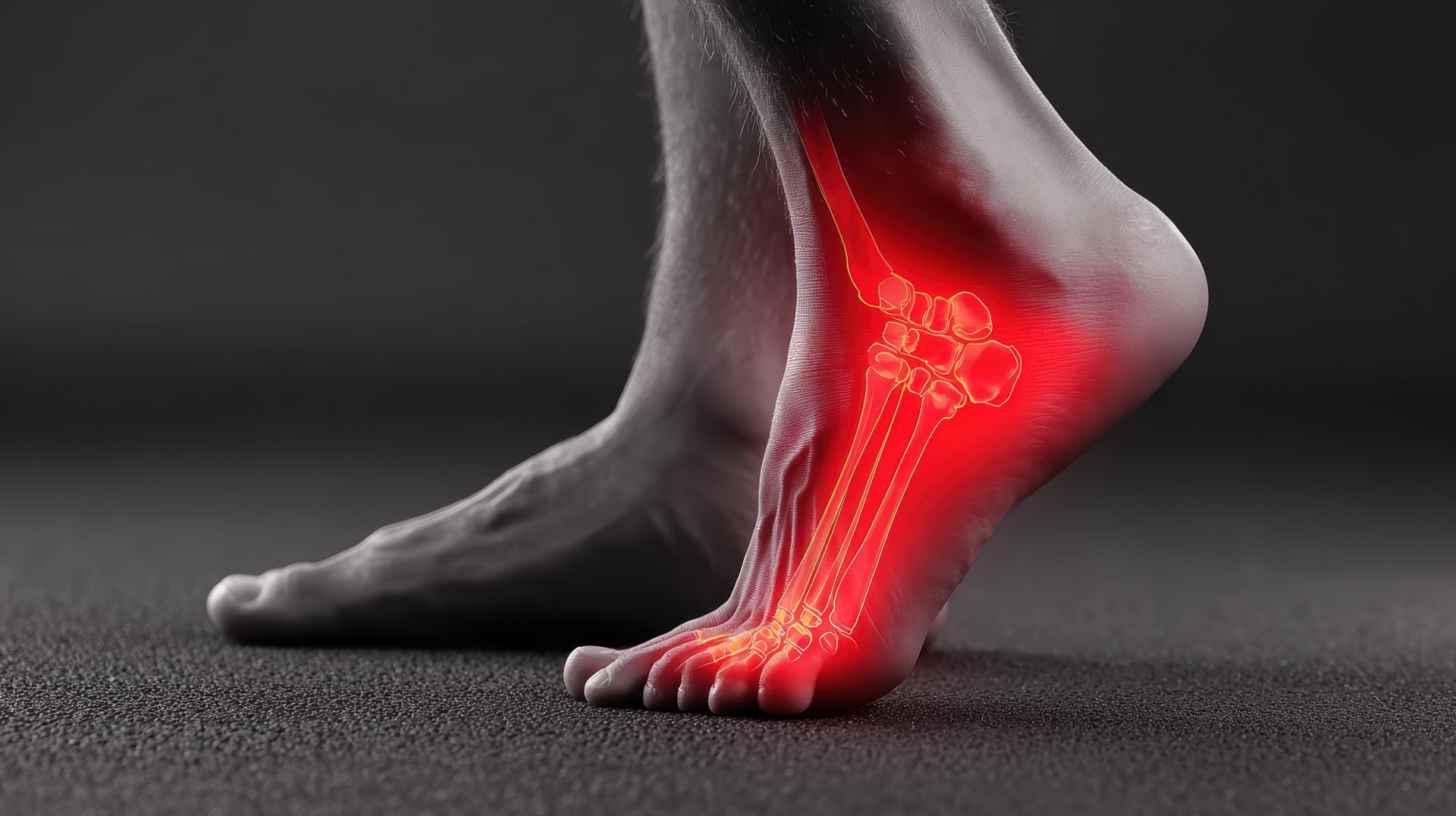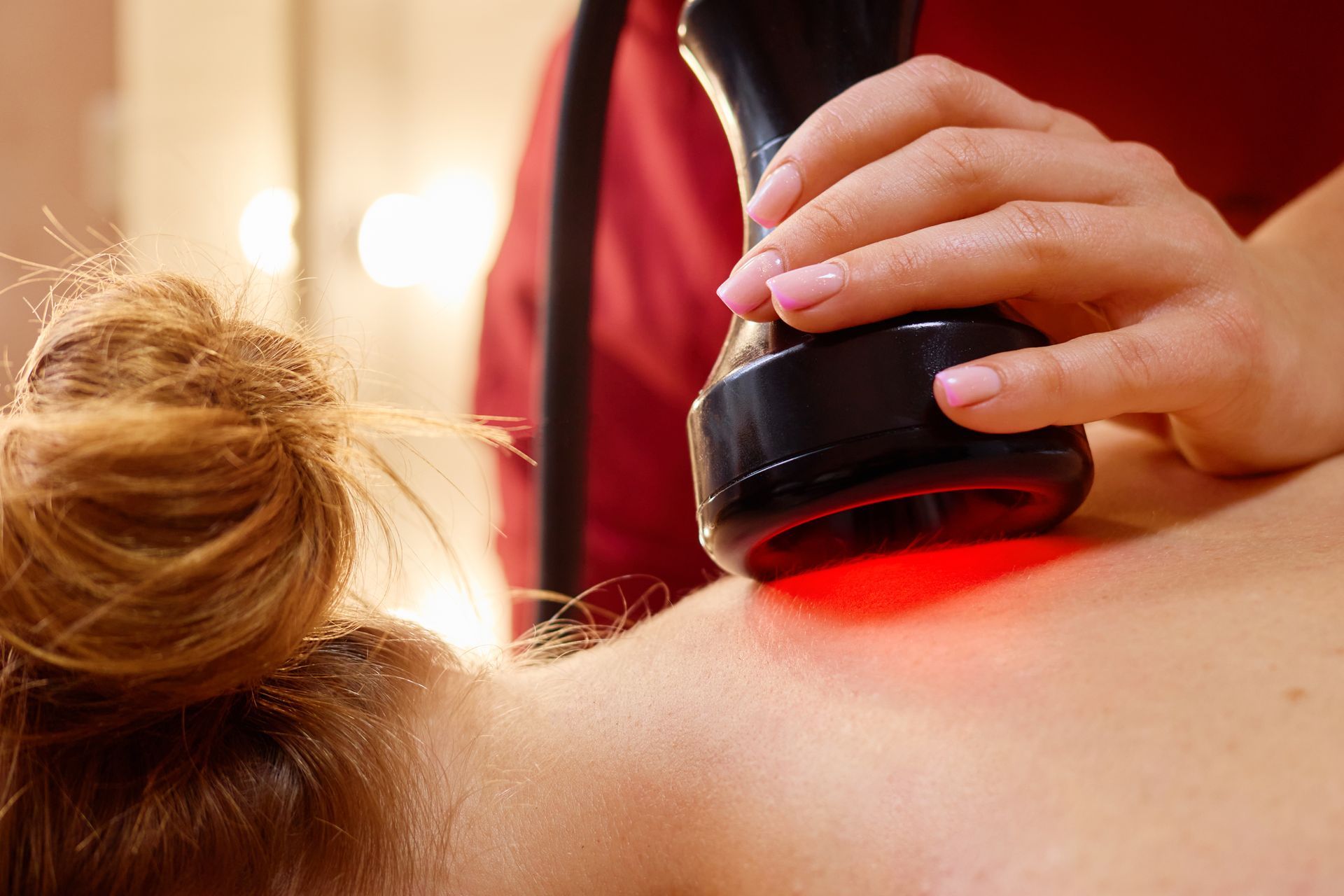Preventing Plantar Fasciitis
Plantar fasciitis is one of the most common causes of heel pain, and it can sideline your daily routine far longer than you expect. The good news is that simple, proactive steps—paired with early, evidence‑based care when symptoms appear—can dramatically reduce your risk and speed recovery. At Chronic Care of Richmond, we specialize in non‑drug, non‑surgical therapies that treat pain at its source so you can get back to an active, pain‑free life.
What Plantar Fasciitis Is—and Why Prevention Matters
Your plantar fascia is a thick band of tissue that supports the arch of your foot. Repetitive strain, poor footwear, tight calves, or sudden changes in activity can irritate this tissue and cause micro‑tears, leading to heel pain that’s often worse with your first steps in the morning. Each year, approximately 2 million patients are treated for plantar fasciitis in the United States, which underscores how common and disruptive this condition can be.
While anyone can develop plantar fasciitis, risk increases if you spend long hours on your feet, ramp up mileage or intensity too quickly, have calf or big‑toe stiffness, or wear unsupportive shoes. Evidence‑based primary care guidelines emphasize prevention and early self‑care—especially stretching, activity modification, and footwear changes—to reduce symptoms and speed resolution.
Choose Footwear That Supports Your Arch and Your Day
Shoes are your first line of defense. The right pair spreads impact forces and keeps the plantar fascia from over‑straining with every step. Look for:
- Firm heel counters that limit side‑to‑side motion.
- Moderate arch support to share load across the foot.
- Cushioned midsoles that absorb impact but don’t collapse.
- Minimal “bottoming out” across a full day on your feet.
If your work keeps you standing or walking on hard floors, consider rotating between two supportive pairs to let midsoles recover, and replace shoes when tread or cushioning is visibly worn. Many people also benefit from over‑the‑counter arch supports; they’re an easy way to add structure to casual shoes or work clogs. If you’re unsure what your feet need, our team can evaluate your gait and footwear and make tailored recommendations during joint pain treatment.
Make Stretches and Strength a Daily Habit
Tight calves and a stiff plantar fascia increase strain at the heel. Gentle, consistent mobility work goes a long way toward prevention and early relief. Two staples you can integrate into your morning and evening routine:
- Calf wall stretch: With one leg back and heel down, lean forward until you feel a stretch in the calf. Hold 30 seconds, 2–3 rounds per side. Progress by bending the back knee slightly to target the deeper soleus muscle.
- Plantar fascia stretch: Cross one leg over the other, grasp your toes, and pull them back toward your shin until you feel a stretch in the arch. Hold 30 seconds, 2–3 rounds per side.
These techniques are foundational in clinical guidance for plantar fasciitis care and prevention. For extra relief, roll the arch on a chilled water bottle for 2–3 minutes after long days on your feet. As pain allows, add foot‑intrinsic strengthening—such as towel scrunches or short‑foot exercises—to improve arch support from within.
Train Smarter: Progress, Don’t Jump
Rapid changes in activity can outpace tissue capacity. Whether you’re returning to running, starting a new fitness class, or increasing work shifts on hard surfaces, follow a gradual progression. Increase weekly training volume or time on your feet by no more than 10% per week, and insert lighter recovery days after longer or high‑impact sessions. Swap some pavement miles for softer surfaces or non‑impact cardio to reduce repetitive loading on the plantar fascia. Runners should consider rotating between two supportive shoe models to vary load patterns.
Evidence‑informed Therapies That Help
Most plantar fasciitis improves with diligent self‑care, but persistent cases may benefit from regenerative or photobiomodulation therapies that aim to calm inflammation and support tissue healing.
Platelet‑rich plasma concentrates your own platelets—rich in growth factors—at the site of irritation. Research suggests PRP can improve pain and function in chronic plantar fasciitis, and some meta‑analyses report superior medium‑term outcomes compared to corticosteroid injections at 3–6 months and beyond. Results vary by chronicity, technique, and rehab support, so PRP is best considered within a comprehensive plan that includes load management and progressive strengthening. Learn how our team delivers PRP treatment within a broader, non‑surgical program.
Laser therapy Low‑level and high‑intensity laser therapies (photobiomodulation) use specific wavelengths of light to modulate inflammation and support cellular energy production. Short‑ to medium‑term reductions in pain and disability for plantar fasciitis and related lower‑extremity tendinopathies after laser therapy, when appropriately dosed. Laser is non‑invasive, well‑tolerated, and pairs well with stretching and strengthening.
At Chronic Care of Richmond, we integrate therapies like PRP and Class IV laser within personalized care plans that emphasize non‑drug, non‑surgical strategies. If you’re unsure which option fits your goals and activity demands, start with a no‑pressure comprehensive evaluation.
Your Step‑by‑Step Plan to Stay Ahead of Heel Pain
- Commit to supportive footwear with good arch structure and cushioning, and refresh pairs before they break down.
- Add daily calf and plantar fascia stretches, especially first thing in the morning and after activity.
- Progress training and standing time gradually; mix in low‑impact cross‑training.
- At the first hint of morning heel pain, act: dial back impact, increase mobility work, and use ice massage or a chilled bottle roll.
- If symptoms persist past two or three weeks, get a targeted, non‑surgical plan. Evidence‑based options like PRP and laser may help when prevention alone isn’t enough.
How Chronic Care of Richmond Can Help
We focus on root‑cause, non‑opioid, non‑surgical solutions for joint and nerve pain. For plantar fasciitis, that means precise assessment, a customized plan that restores mobility and strength, and advanced therapies—like PRP and Class IV laser—when appropriate. Most importantly, we guide you through the right progressions so you can return to the activities you love, safely and confidently.
If heel pain is slowing you down, we’re here to help you move forward. Explore our joint pain treatment, learn more about PRP therapy, or schedule a joint pain consultation.




